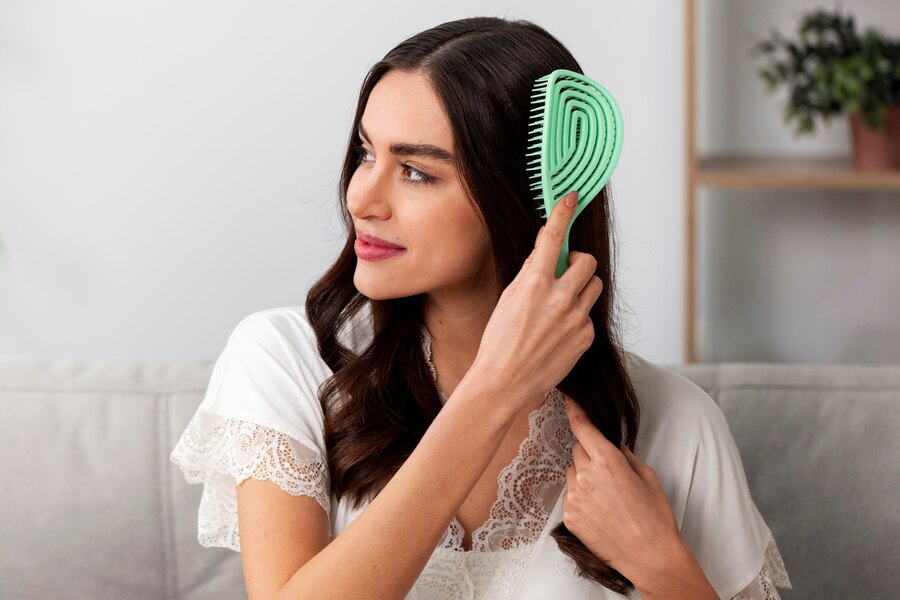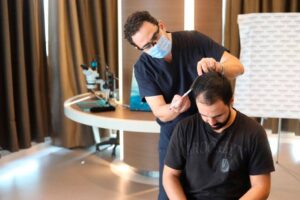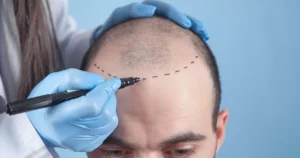Hair loss in women is more common than you think — and now, the solutions are more advanced than ever.Want stronger, fuller hair? Here’s how smart hair care habits can improve your hair health from root to tip.
Is hair transplant surgery common for women?
Yes — and it’s growing rapidly. While often associated with men, hair restoration is becoming increasingly popular among women facing thinning hair, bald patches, or receding hairlines due to genetics, hormonal changes, or medical conditions.
What causes hair loss in women?
Several factors can contribute:
- Hormonal imbalances (e.g. PCOS, menopause)
- Stress or trauma
- Genetic predisposition (female pattern hair loss)
- Nutritional deficiencies
- Autoimmune conditions like alopecia areata
Unlike male hair loss, female thinning tends to be more diffuse, requiring a tailored approach.
How is a women’s hair transplant different?
Unlike traditional methods used on male-pattern baldness, women’s hair transplants:
- Focus on density and volume rather than restoring a full hairline
- Avoid shaving the entire scalp
- Carefully preserve existing hair while implanting new follicles
This ensures a natural look with minimal disruption to current hairstyles.
What methods are most effective for female patients?
At Turkahealth, the most effective methods for women include:
- DHI (Direct Hair Implantation): No shaving required, precise placement for natural volume
- FUE (Follicular Unit Extraction): Ideal for patchy hair loss or temple filling
Both methods offer fast healing, no linear scars, and excellent results with proper aftercare.
Is the procedure painful?
Not at all. The procedure is performed under local anesthesia, so patients remain awake but feel no pain. Mild soreness or swelling may occur for a few days, but most women report the process as surprisingly comfortable.
How soon will I see results?
Initial hair shedding occurs in the first few weeks (this is normal). New growth typically begins around month 3, with noticeable improvements by month 6. Full results are usually visible between 9 to 12 months.
Can women with thinning hair benefit, even without bald patches?
Absolutely. Many female clients seek transplants not to fill in bald spots but to increase thickness, restore edges, or lower a high hairline. We create personalized plans based on the density and location of thinning.
What if I wear hair extensions or wigs?
You can still be a candidate — but it’s important to avoid anything that strains the scalp before and after surgery. We advise discontinuing tight extensions or wigs temporarily to protect new grafts and support healthy regrowth.
Are the results permanent?
Yes — the transplanted follicles are taken from donor areas resistant to hair loss, typically at the back of the scalp. These grafts behave like natural hair and continue growing for years, just like the rest of your hair.
Why choose Turkahealth for women’s hair restoration?
We offer:
- Female-focused consultations
- Discreet, non-shaving techniques
- Natural hairline design based on facial structure
- All-inclusive packages with aftercare support
Our compassionate team ensures comfort, privacy, and long-term satisfaction for every client.





